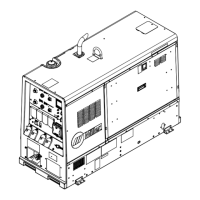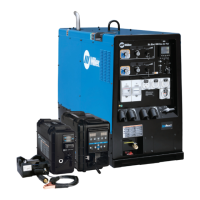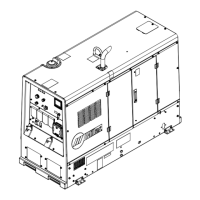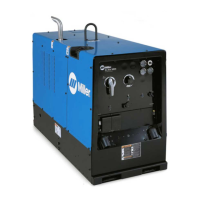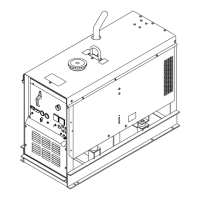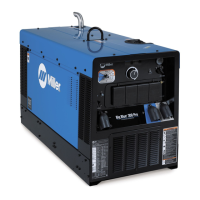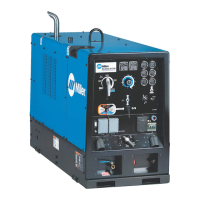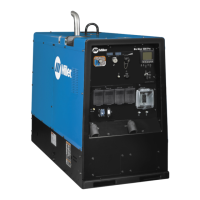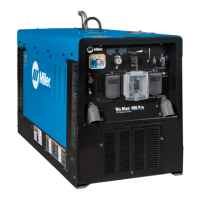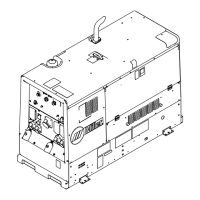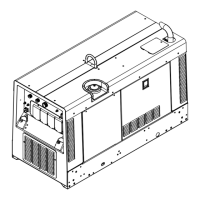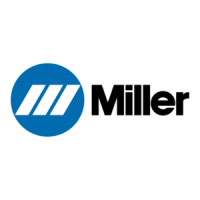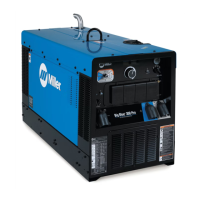What to do if Miller Big Blue 600 Air Pak has no weld output?
- DDennis HallAug 3, 2025
If your Miller Welding System has no weld output but the generator power output is okay at the AC receptacles, try the following: * Ensure the Process/Contactor switch is in an Electrode Hot position, or in a Remote On/Off Required position with the remote contactor connected to the Remote receptacle. * Reset supplementary protector CB3. * Reset supplementary protector CB9 and/or CB29. Also, check for a faulty remote device connected to the Remote receptacle. * Check and secure connections to the Remote receptacle. * Check fuse F2, and replace it if it's open. Have a Factory Authorized Service Agent check the brushes and slip rings, weld excitation circuit, and the rotor.
